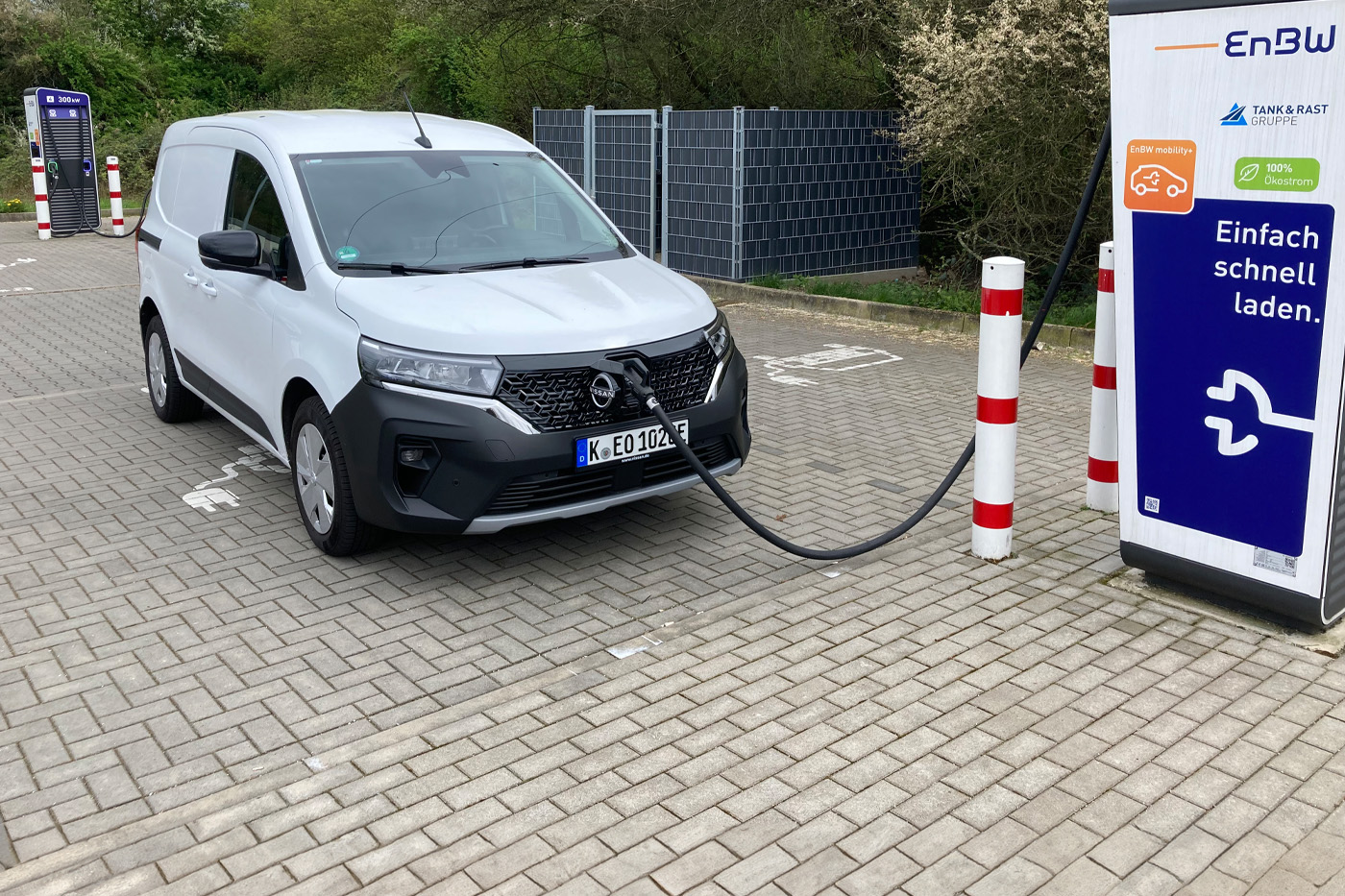
Is the Nissan Townstar EV a star among rivals?
The first generation of the Leaf was also the starting point for the e-NV200 at the time. From 2013 onwards, some of the Leaf batteries produced in Sunderland with just 24 kWh were shipped to the Nissan plant in Barcelona and installed in the NV200 panel van and the Evalia passenger car variant there. As of the launch of the 2018 model year, there was at least an update to 40 kWh (for a theoretical 275 kilometres in city traffic), but Nissan’s own model from Spain remained an exotic singular case. This was probably due to its price, but also because (public) charging with a Type 1 connection and CHAdeMO was more complicated than necessary in Europe.
Nissan is now doing a U-turn with the Townstar EV. The new electric van is no longer an in-house development. It is based on the Kangoo E-Tech Electric from alliance partner Renault and is also built along with the Kangoo at the Renault plant in Maubeuge since Nissan closed its Barcelona plant.
The Townstar EV that Nissan provided for our test is a white panel van in the transporter configuration. Behind the two front seats, a solid wall separates the cargo area, while a continuous sheet metal instead of side and rear windows make this the vehicle type used by logistics service providers and tradespeople. The Townstar EV is currently only available in L1 length; the long version L2 (with up to 4.9 cubic metres of cargo space) is to follow during the first half of the year.
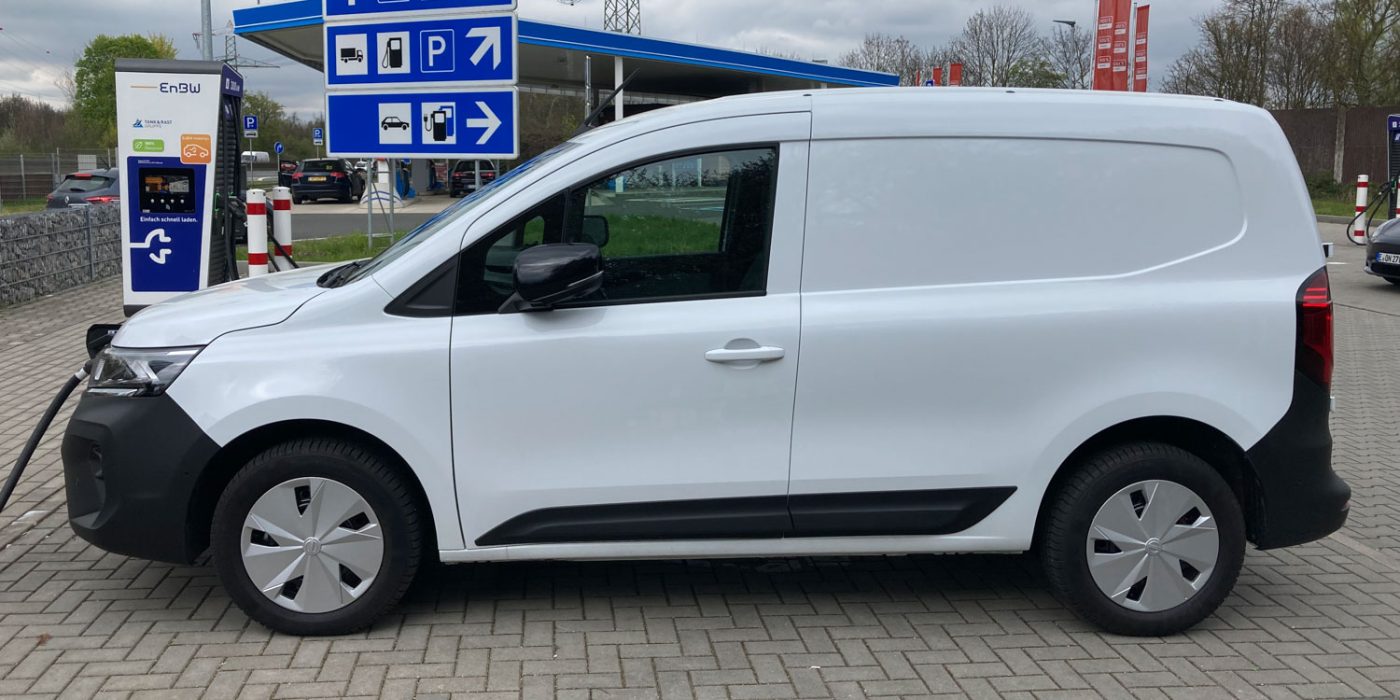
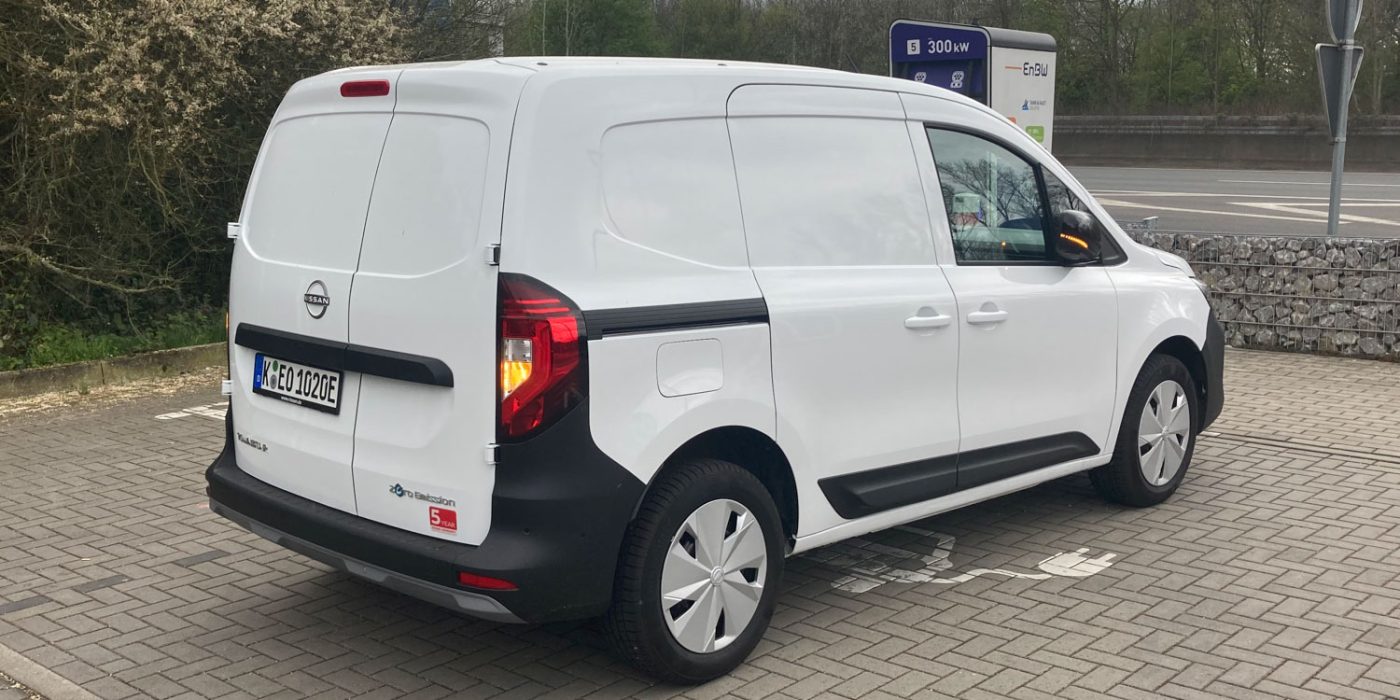
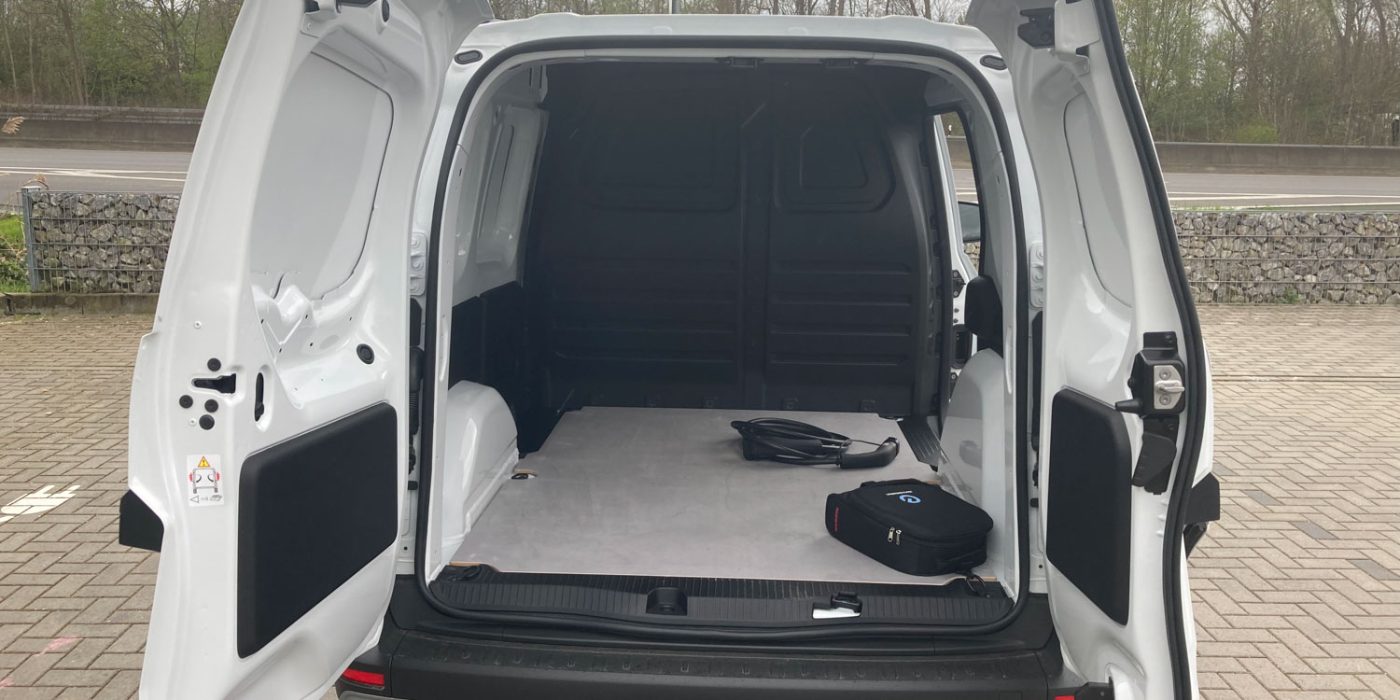
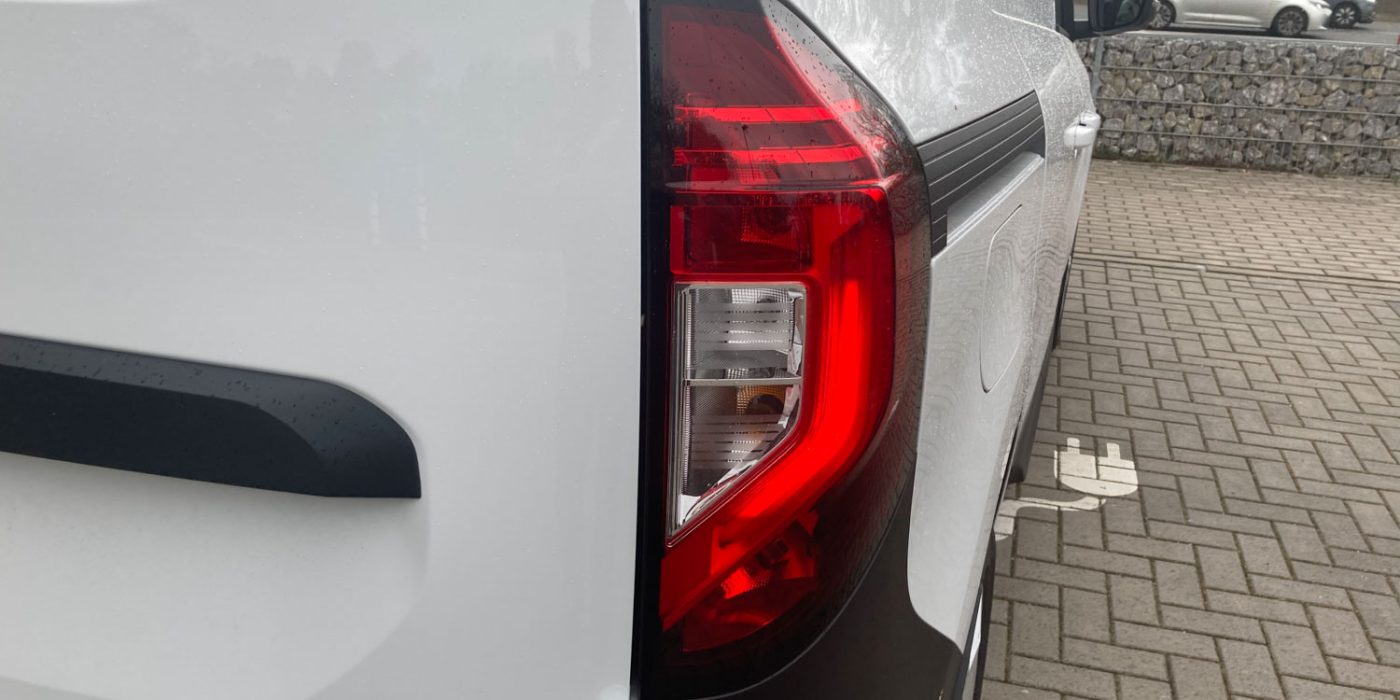
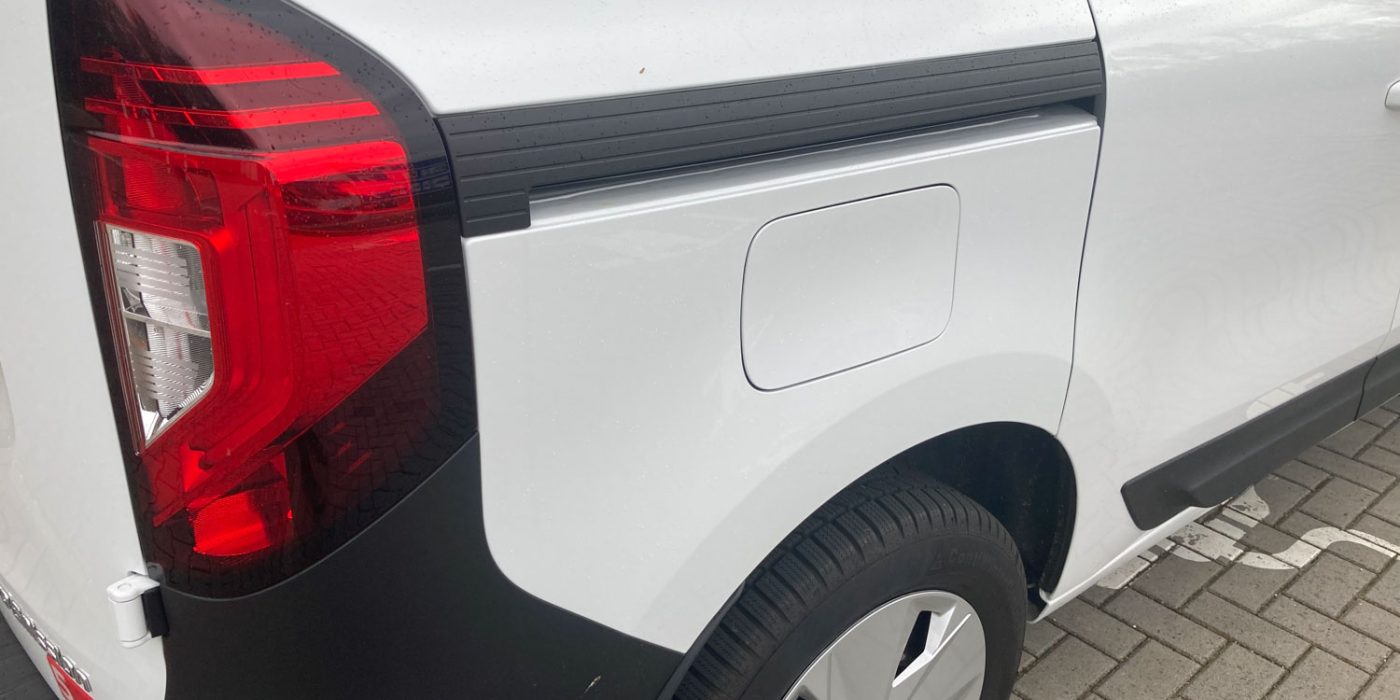
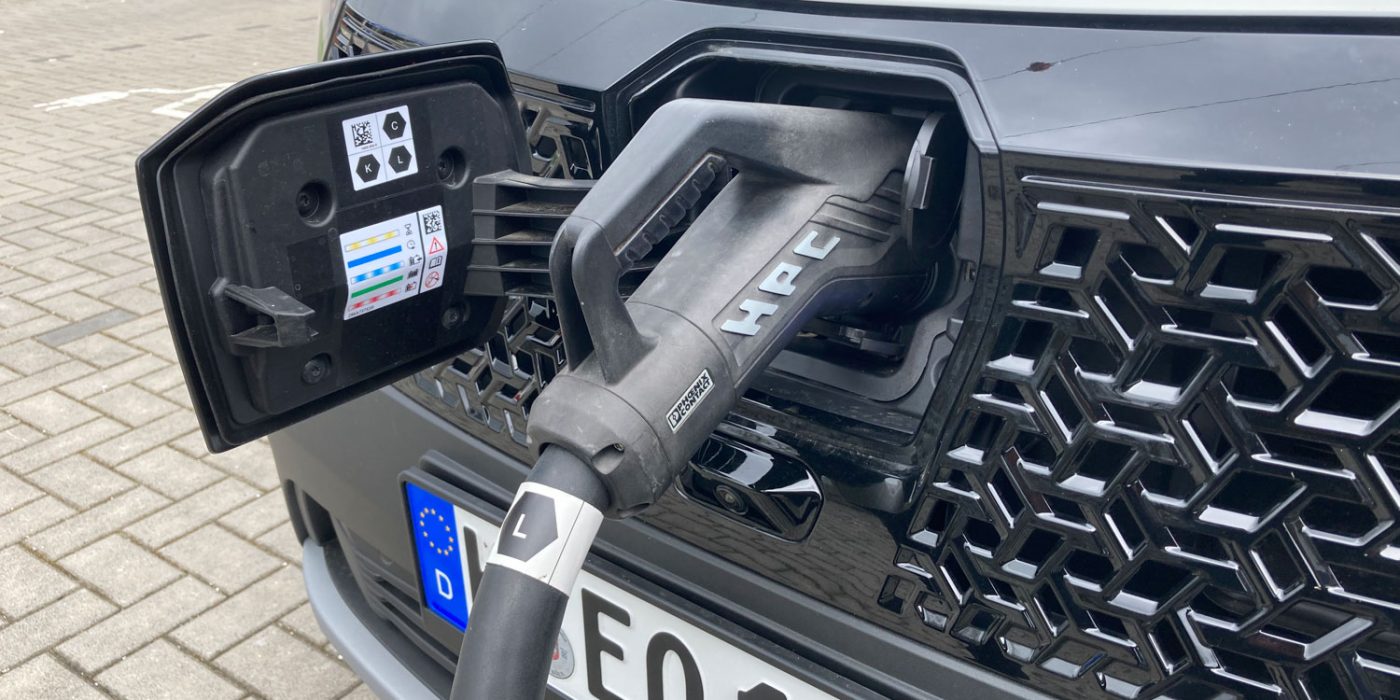
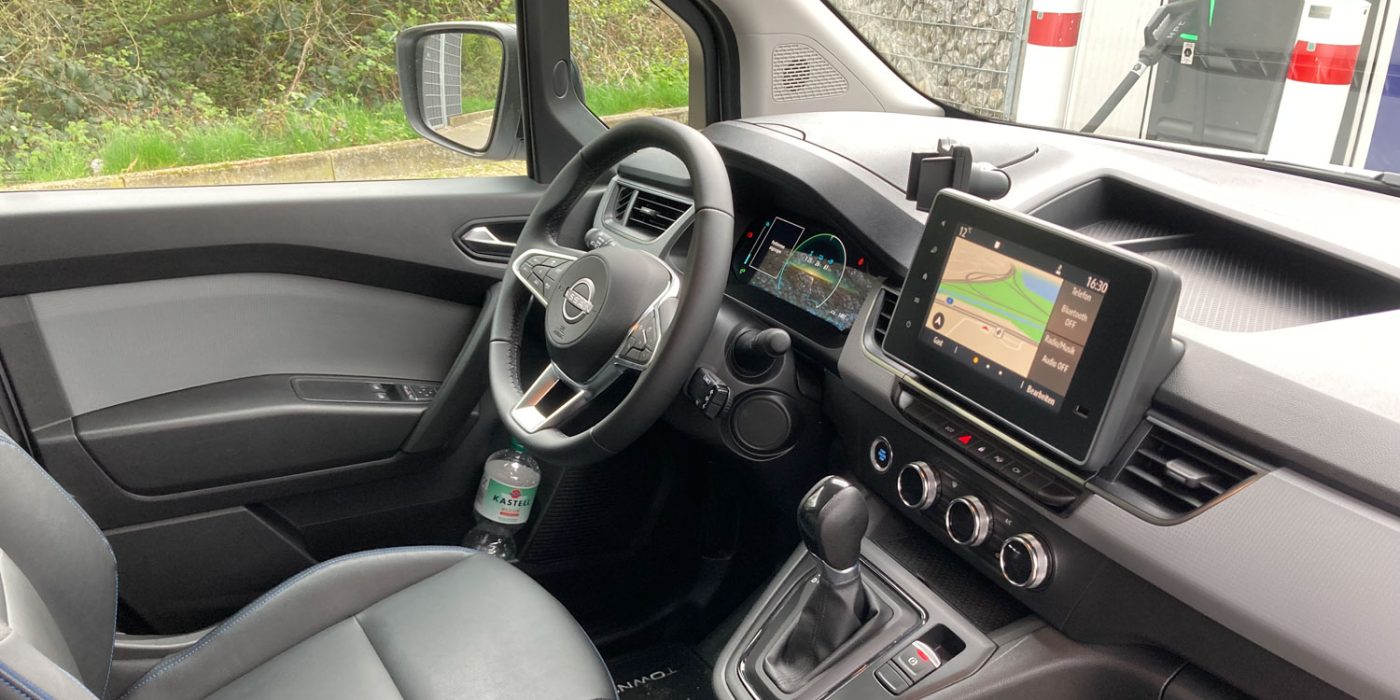
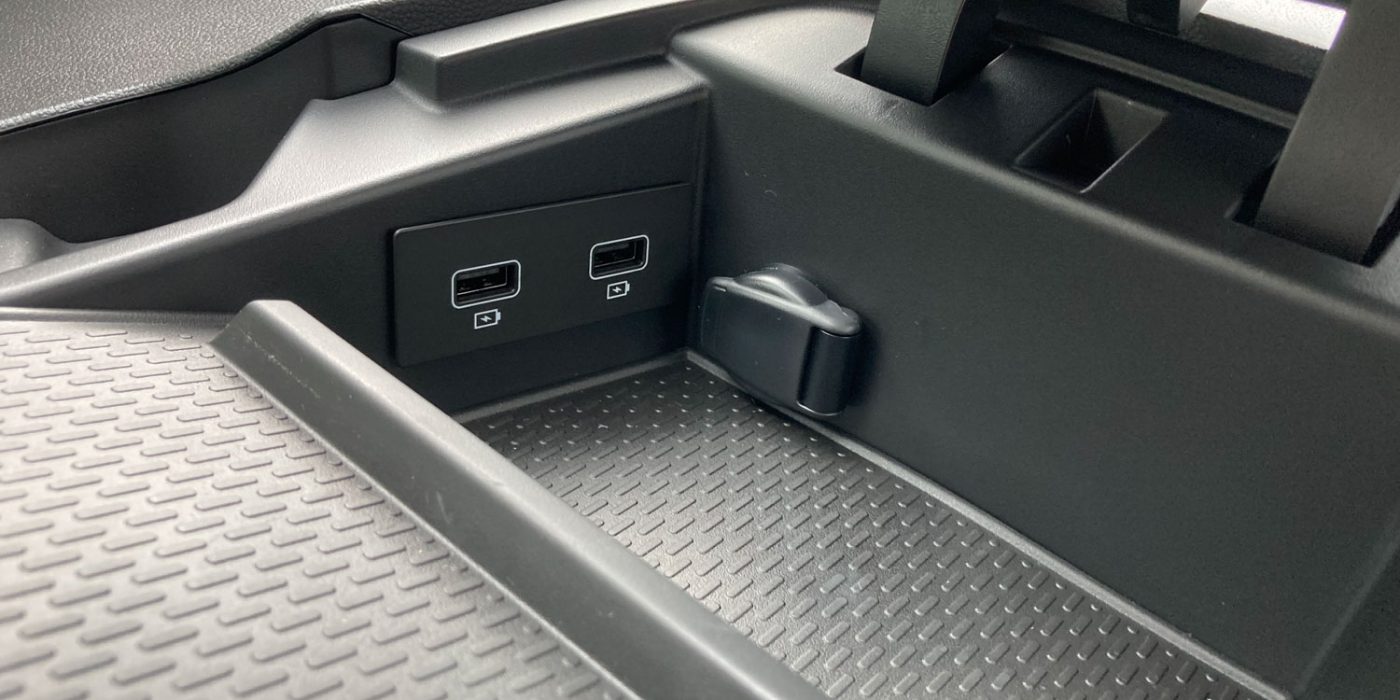
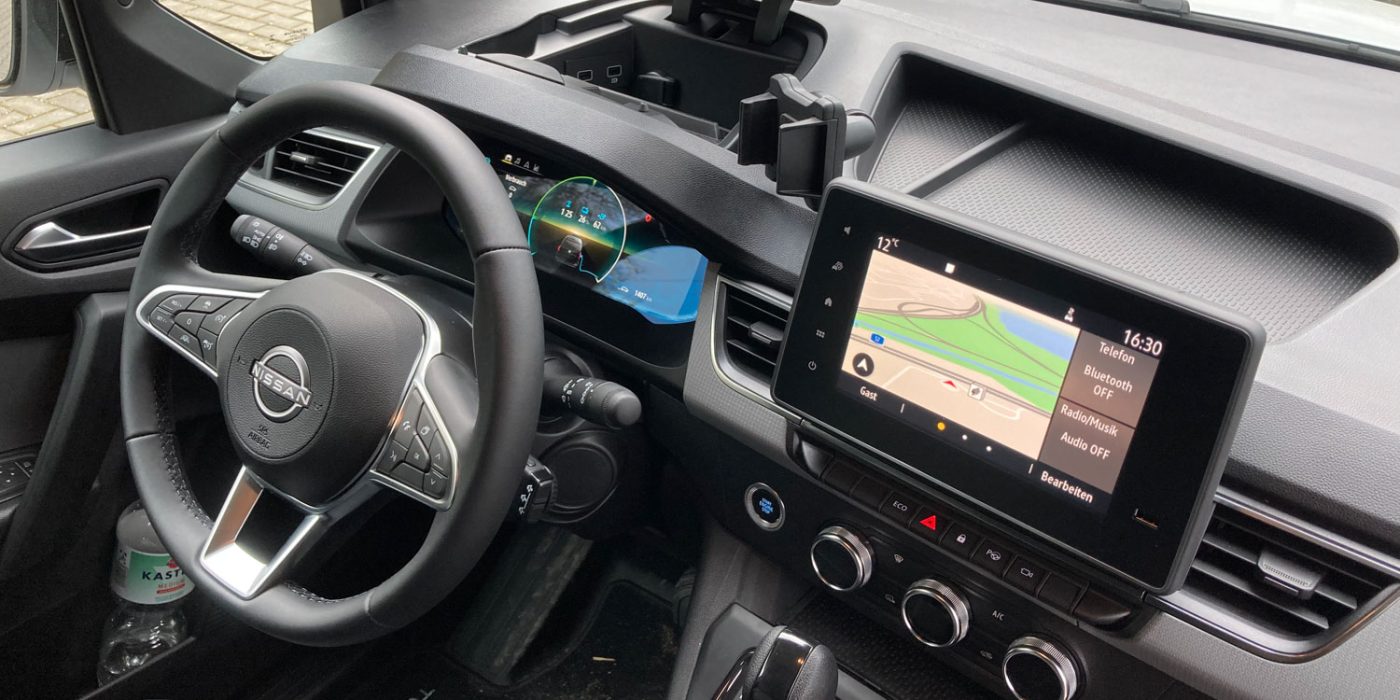
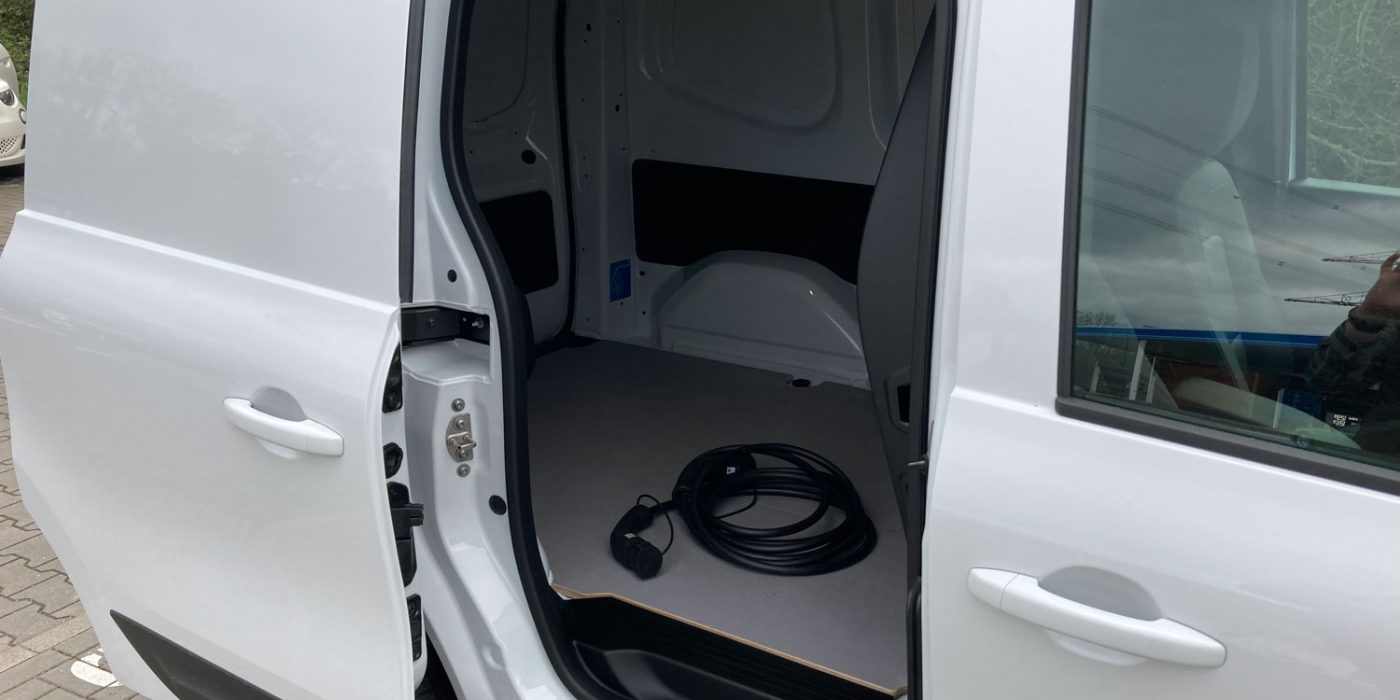
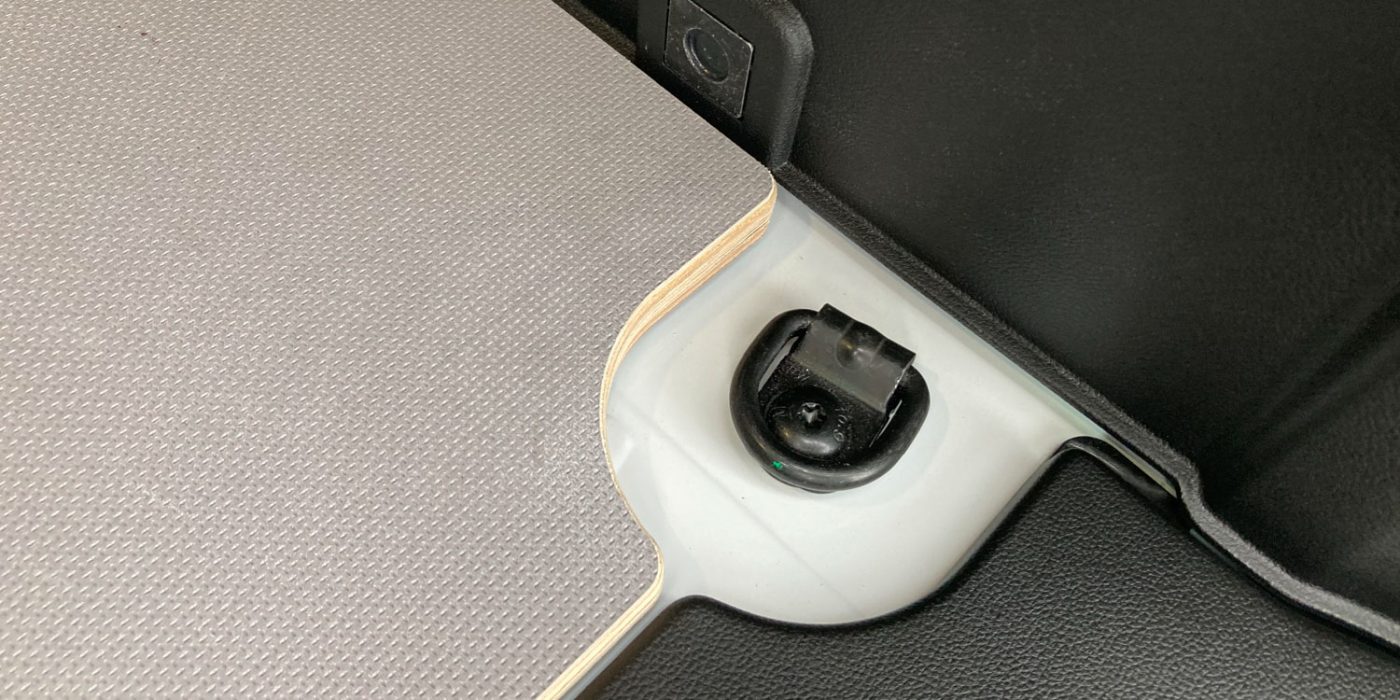
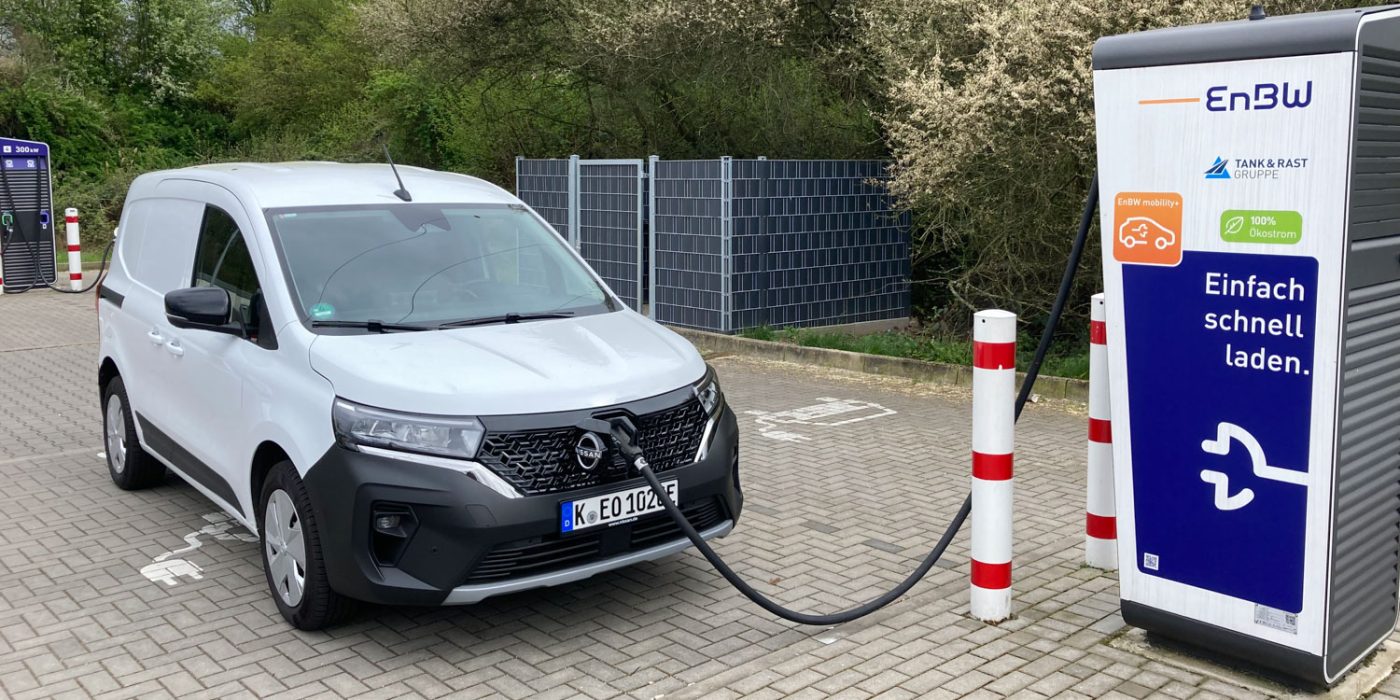
We drove the 4.48 metre-long L1 with 3.3 cubic metres of load space in the test. Thanks to the commercial vehicle platform, the distance between the rear wheels is enough to load a euro pallet crosswise. Thanks to this feature, two pallets even fit crosswise in the L1. The load compartment is easily accessible through the sliding door on the passenger side and, in the case of our test vehicle, through the two-part rear door. Alternatively, there is also a tailgate that opens upwards. In the loading area, the test car was in the basic configuration. In addition to the anti-slip floor, there were six lashing eyes for securing the load. This is where professionals will probably adapt the vehicles to their needs.
However, our electrive test is not about the cargo space but about the electric drive and the other charging issue: the battery. Nissan has adopted the drive 1:1; it is also used in the Kangoo mentioned above and in the third van in the group, the Mercedes e-Citan. The electric motor delivers 90 kW and 245 Nm of torque to the front wheels, the 45 kWh battery should be sufficient for 304 kilometres, according to WLTP. But this time it was in a combination cycle and not like the 275 kilometres of the e-NV200.
90 kW of power doesn’t sound like much, but it was enough in every situation in our test. But it’s clear that with the battery size and range (more on that in a moment), use is largely limited to the city and surrounding countryside. In Germany, where motorways still have an open speed limit, tradespeople might hesitate at longer motorway journeys because of the van’s top speed of 132 km/h. The engine also offers plenty of power above 100 km/h, but due to the body’s aerodynamics, consumption increases enormously at triple-digit speeds.
Anything between 150 and 250 kilometres range is possible
At moderate speeds (and admittedly with a low load), the average consumption in the test was 20.5 kWh/100km, corresponding to a range of 219 kilometres. On the motorway, 27 kWh/100km or more is quickly possible, which means that the range (at spring-like temperatures, mind you) is more in the direction of 150 than 200 kilometres. On a city drive in eco mode, however, 18 kWh/100km was also possible. And that would still mean 250 kilometres, despite the manageably large battery.
In the Townstar EV, the driving profile should really dictate consumption and range. With a payload of just 537 kilos, the vehicle is not suitable for heavier transports anyway. The towing capacity of 1.5 tonnes for an electric car with a 45 kWh battery is also only conceivable for short distances. For the delivery of small consignments or internal logistics for supplying the company’s own branches, a day’s use without recharging is possible in the vast majority of cases. Longer distances on motorways or multi-lane federal roads, however, significantly reduce the realistic radius of action.
When it comes to recharging, the Townstar EV offers several options. Recharging via an earthed socket is likely to remain the exception with 23 hours for a complete charging process; more realistic is AC charging with 11 or, in the Townstar EV, with 22 kW (which is standard, only in the ‘Acenta’ version can the 22 kW charger be cancelled). With 11 kW, the battery is fully charged in around five hours. For AC charging with 22 kW, Nissan does not specify the charging time from 0 to 100 per cent (which is actually usual for AC charging), but rather the window from 15 to 80 per cent, which is more usual for DC charging: this should take about one and a half hours.
Fortunately, DC charging is now done via CCS and no longer via CHAdeMO, which makes it much easier to find a suitable charging station in Europe. If the charging cable is plugged into the charging port at the front, hidden behind the Nissan logo, it takes 37 minutes, in theory, to charge from 15 to 80 per cent. According to the manufacturer, the charging power is up to 80 kW.
In the test, however, we only reached one of these values: we never saw 80 kW at the charging station, even when 150 or 300 kW were available. We did manage to charge from 15 to 80 per cent in exactly 37 minutes, but the peak was never higher than 55 kW. So, if anything, the 80 kW is only available for a very short period of time at a charge level of less than 15 per cent. To achieve this, charging processes in the Townstar EV must be well planned: Assuming our test consumption of 20.5 kWh/100km, a 15 per cent charge level means a remaining range of around 33 kilometres. Not much buffer is left if the planned charging station is occupied, blocked or defective.
CCS charging costs extra
Although the load on the battery should not be too great with a realistic charging power of around 55 kW, in our test, power of more than 50 kW was only available up to a charge level of around 55 per cent. From then on, the power dropped relatively linearly; at 80 per cent state of charge, only 24 kW flowed into the battery – the remaining 20 per cent would have taken 46 minutes, according to the display in the vehicle. In other words, if the car is to be recharged during a lunch break, 80 per cent is quite possible. Above that, however, it becomes rather tough. The Nissan van does not have a charging curve like that of a BMW i3, which with its 42 kWh battery, was able to maintain 50 kW up to around 90 per cent.
But the big problem is that the CCS charging option is not available in the basic MY22 version, and in the other three versions, it costs an extra 840 euros net (999.60 euros gross). This means that you have to carefully calculate whether these additional costs are worth it for the planned use. If the car charges overnight in the depot anyway and the daily routes don’t exceed 100 kilometres, the standard AC charging function is also plenty.
In the interior, the kinship to the Renault Kangoo becomes particularly clear – and also the different approach Nissan has taken with the Townstar. This is classic “badge engineering” – away from the brand logo, the changes are kept as minimal as possible to reduce costs. A separate front apron with Nissan’s own headlights was in the budget, but inside the Townstar is the same as the Kangoo. This even goes so far that the control buttons for the cruise control, for example, are located on the left side of the steering wheel (as on Renault) and not on the right as on other Nissan models. The Japanese company has also adopted the Renault-typical steering column lever with the infotainment control 1:1. Mercedes has invested a little more in its Kangoo offshoot, in the eCitan there is a little more Mercedes look and black high-gloss plastic. In essence, the controls and dashboard are the same in all models.
And in this case, it is not a bad thing that Nissan has not invested any development and purchasing budget in the interior. Because the car is well thought-out, there are many practical storage compartments right up to the easily accessible smartphone holder. In this vehicle segment, no customer would choose a Nissan because of a modified but, due to the lower number of units, more expensive fascia. The fact that Mercedes wants to stand out a little here is due to the brand’s different orientation.
The Townstar EV can be upgraded considerably in terms of equipment and assistance systems. Our test car was the top-of-the-range ‘Tekna’ model, which costs €41,750 net (€49,682 gross). For that, you get the full package, such as a ten-inch speedometer display instead of round instruments, a high beam assistant, parking assistant, NissanConnet, Nissan’s own navigation system, a 360-degree camera and lane departure warning and blind spot assist.
The two mid-range trims ‘Acenta’ (from €36,700 net) or ‘N-Connecta’ (from €39,200 net) are more recommendable. ‘Acenta’ offers a rear parking aid (certainly helpful in a panel van), a simple cruise control and automatic climate control. ‘N-Connecta’ offers the eight-inch touchscreen (with Apple CarPlay and Android Auto, but without Nissan-Navi), a reversing camera, the smartphone holder mentioned above, further adjustment options for the seats and the first assistance systems.
Conclusion
If you can do without the ‘Open Sesame’ feature of the Renault Kangoo (the extra-wide side opening without a B-pillar on the passenger side), the Nissan Townstar EV is an equal alternative. Instead of the brand logo, you can then confidently pay attention to the service of the nearest workshop or a good leasing offer without compromising on the vehicle.
One thing is clear: the Townstar EV is not a 1:1 replacement for combustion vehicles in this class. It can make city logistics locally emission-free, without any CO2, NOx or noise in the cities; the Townstar EV handles city operations very well. However, considering the (highway) range, the payload in some cases, and the higher purchase price compared to combustion engines, the electric van cannot quite yet take on the same tasks.




2 Comments